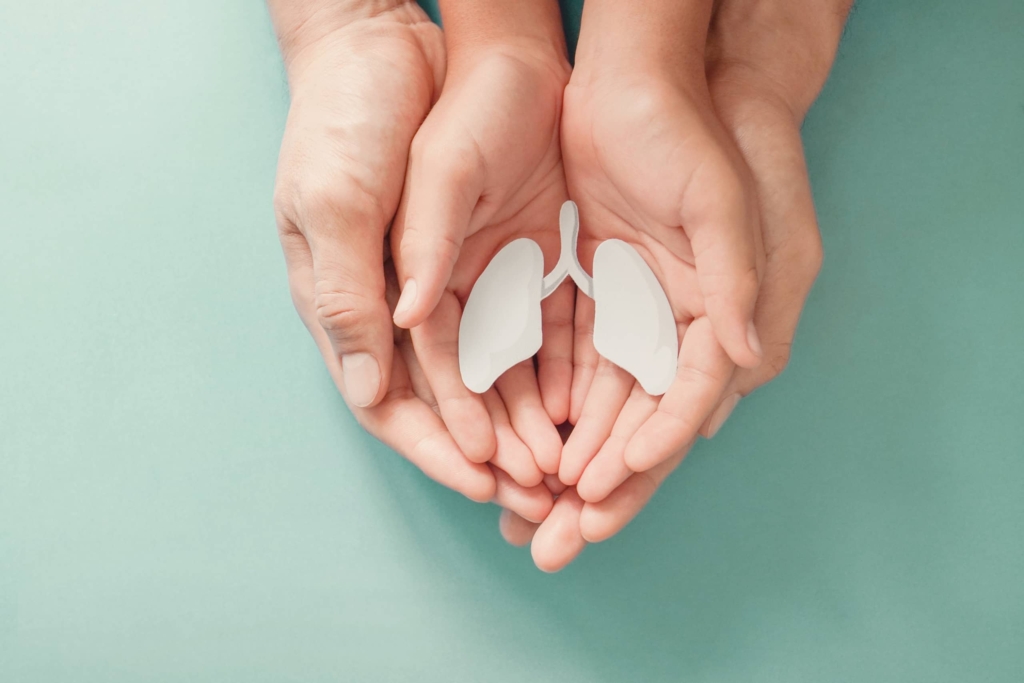Emerging Markets
Emerging markets face unique challenges in accessing medicines and medical technologies.

Reflections from the Region: Healthcare transformation in the Middle East
18 June 2025
It’s not often that you witness a health system reinvent itself in real-time. And yet, this is precisely what is happening across the Middle East.

GLP-1 Receptor Agonists: Shifting Obesity Management
12 May 2025
The glucagon-like peptide-1 (GLP-1) receptor agonist market is experiencing rapid growth, with more than 150 drug candidates currently in development as reported by Research & Markets,…

Around The World in HTAs: India – Let All Be Healthy
29 June 2023
In this Insights series, Around the World in HTAs, we shed light on HTA around the world. In this edition, Shalu Jain and Gayathri Kumar take us to India.

Reforming Primary Health Care in Middle-Income Countries: The Good, the Bad, and the Ugly
18 July 2022
A recent series of papers examines the effects of multiple primary health care interventions (introduction of health facility accreditation, introduction of user fees, and discontinuation of…

Invest to End TB. Save Lives. World TB Day 2022. Reflections on 60 years of OHE publications on TB
24 March 2022
Global TB deaths are increasing. CGD and OHE set out a “Market-Driven, Value-Based, Advance Commitment (MVAC)” that would create and guarantee a market for a breakthrough…

How Should the World Pay for a Coronavirus Disease (COVID-19) Vaccine? Where are we 6 Months on?
1 July 2021
The Value in Health May issue includes the paper “How Should the World Pay for a Coronavirus Disease (COVID-19) Vaccine?”. Finalised in December 2020, it includes:…

The 2020 OHE Annual Lecture Explores the Question: How Should the World Pay for a COVID-19 Vaccine?
25 June 2020
This year’s OHE lecture addresses the question: how should the world pay for a COVID-19 vaccine? Adrian Towse, Emeritus Director of OHE and Senior Research Fellow…

Victor R. Fuchs Award for 2020 Goes to Patricia Danzon
23 June 2020
The American Society of Health Economists (ASHEcon) announced Patricia Danzon as recipient of the 2020 Victor R. Fuchs Award. This is given to an economist making…

Unpacking the Black Box of Payer Policy: A Demand-Side Approach for Equitable Uptake of Cost-Effective Health Innovation
21 February 2020
People living in Middle and Low Income Countries (MLICs) do not get access to innovative treatments and new treatments meeting MLIC requirements do not come to…